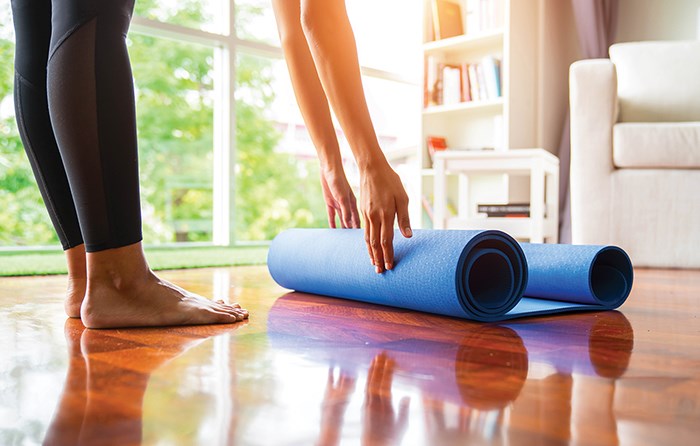For many years, I moonlighted as a personal trainer.
After a time, I came to understand the true nature of the trade. It was not all about pushing weight, inflicting pain, or even motivation. I was, rather, in the business of hopes and dreams, and that the client’s pursuit was not only of six-pack abs but also of happiness. A state of mind as well as body.
This realization caused me to understand a model of deeper fitness – one that integrated physical outcomes with social, emotional, and spiritual goals. From a professional point of view, training became a more satisfying way to make money as it allowed me to draw on my academic background in psychology.
Let’s first clarify the word “happiness.” In today’s context, I don’t intend it to mean a sense of glee or giddy joy. Rather, it’s a state of contentment, of our feelings and emotions being in balance. Of our empty places being comfortably occupied.
All right, with that settled, let’s make a dash into some classic psychology.
Imagine, as Abraham Maslow did in 1943, our world of needs as a pyramid divided into five layers, with the peak representing a state of self-actualization. This is his famous hierarchy of needs, and it is useful for all of us to examine and to discover which critical elements require our attention.
Briefly, starting from the bottom of the pyramid we see our Physiological Needs – for air, water, food, shelter, sleep, and so on. One step up are Safety Needs, which include personal security, resources, and health. So far so good. But the next two levels up are what interest us today.
Love and Belonging includes friendship, intimacy, family and connection.
And one layer up is Esteem. We need respect, status, recognition, strength, and freedom.
Recall at the beginning of this piece I suggested that as a personal trainer I was in the business of hopes and dreams, and that true fitness encompassed that. In these days of deprivation and dislocation, it is so important to be able to assess our whole state of fitness and to use Maslow’s pyramid to identify areas where we may find ourselves a wee bit out of shape.
I know I am not alone when my mind’s eye snaps instinctively to my essential need for love and belonging, friendship and intimacy, family and connection. This damned pandemic has blown these delicate webs apart, leaving many of us lonely, hurting, and confused.
Most of us have been pretty resourceful about finding alternate ways to find the belonging we need. But some of these alternatives, like (ugh) Zoom, have a short shelf life. It’s really important to keep improvising, finding new ways to connect.
Then there is esteem. Like the level below, satisfaction of these needs comes to us somewhat indirectly. We may pursue them, but they tend to accrue to us independent of our desire to have them. How can we address a deficit at this stage?
Notice that the two levels of need we have been looking at are essentially social – that our success in finding love, belonging and esteem depend entirely on our relationships. And it is here where the pandemic has cut most grimly.
To be fit and happy, to neuter the pandemic’s social symptoms, we must nurture our connections with love and imagination.



